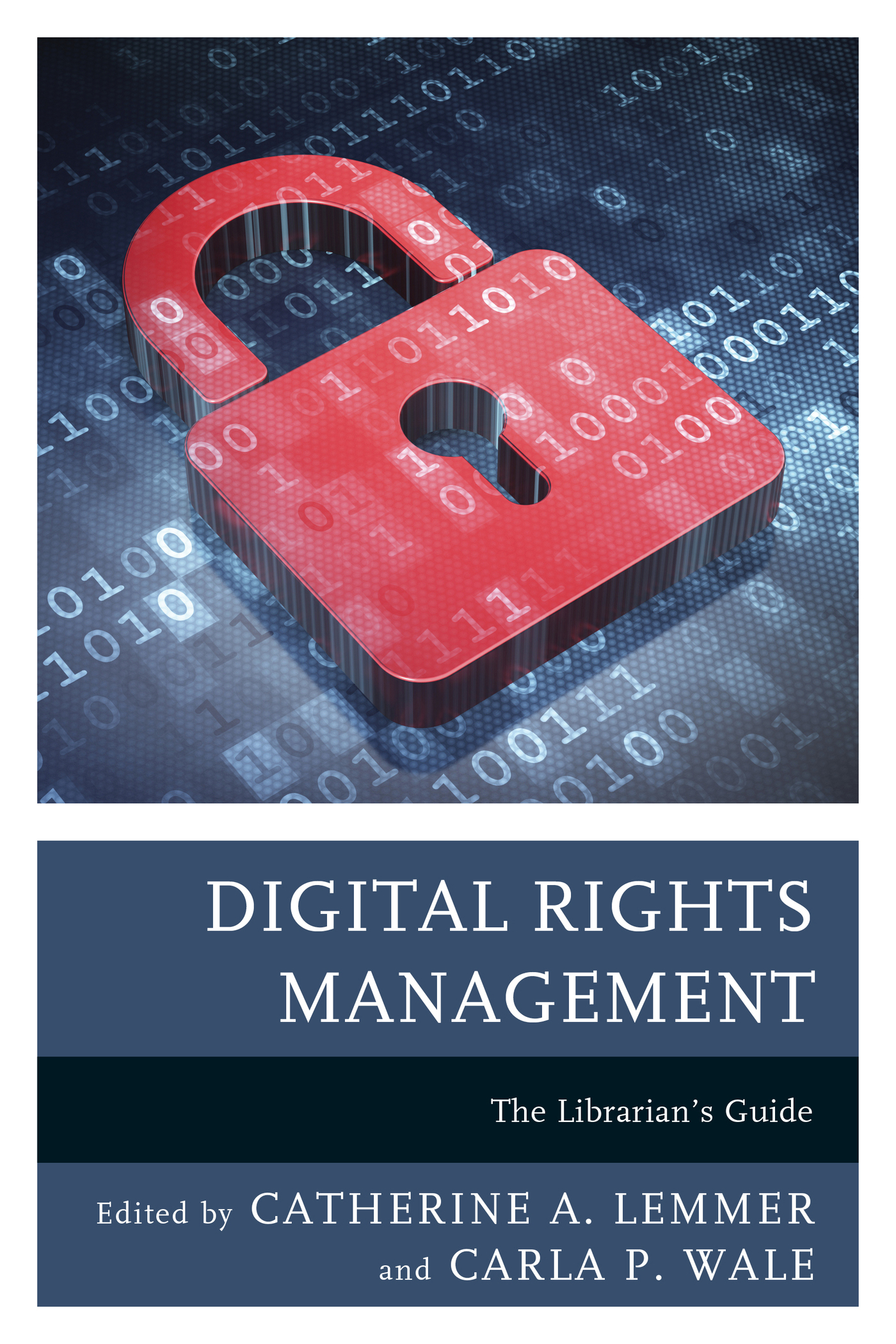Digital Rights Management
Medical Library Association Books
The Medical Library Association (MLA) features books that showcase the expertise of health sciences librarians for other librarians and professionals.
MLA Books are excellent resources for librarians in hospitals, medical research practice, and other settings. These volumes will provide health care professionals and patients with accurate information that can improve outcomes and save lives.
Each book in the series has been overseen editorially since conception by the Medical Library Association Books Panel, composed of MLA members with expertise spanning the breadth of health sciences librarianship.
Medical Library Association Books Panel
Lauren M. Young, AHIP, chair
Kristen L. Young, AHIP, chair designate
Michel C. Atlas
Dorothy C. Ogdon, AHIP
Karen McElfresh, AHIP
Megan Curran Rosenbloom
Tracy Shields, AHIP
JoLinda L. Thompson, AHIP
Heidi Heilemann, AHIP, board liaison
About the Medical Library Association
Founded in 1898, MLA is a 501(c)(3) nonprofit, educational organization of 3,500 individual and institutional members in the health sciences information field that provides lifelong educational opportunities, supports a knowledgebase of health information research, and works with a global network of partners to promote the importance of quality information for improved health to the health care community and the public.
Books in Series
The Medical Library Association Guide to Providing Consumer and Patient Health Information, edited by Michele Spatz
Health Sciences Librarianship, edited by M. Sandra Wood
Curriculum-Based Library Instruction: From Cultivating Faculty Relationships to Assessment, edited by Amy Blevins and Megan Inman
Mobile Technologies for Every Library, by Ann Whitney Gleason
Marketing for Special and Academic Libraries: A Planning and Best Practices Sourcebook, by Patricia Higginbottom and Valerie Gordon
Translating Expertise: The Librarians Role in Translational Research, edited by Marisa L. Conte
Expert Searching in the Google Age, by Terry Ann Jankowski
Digital Rights Management: The Librarians Guide, edited by Catherine A. Lemmer and Carla P. Wale
Digital Rights Management
The Librarians Guide
Edited by
Catherine A. Lemmer
Carla P. Wale
ROWMAN & LITTLEFIELD
Lanham Boulder New York London
Published by Rowman & Littlefield
A wholly owned subsidiary of The Rowman & Littlefield Publishing Group, Inc.
4501 Forbes Boulevard, Suite 200, Lanham, Maryland 20706
www.rowman.com
Unit A, Whitacre Mews, 26-34 Stannary Street, London SE11 4AB
Copyright 2016 by Medical Library Association
All rights reserved. No part of this book may be reproduced in any form or by any electronic or mechanical means, including information storage and retrieval systems, without written permission from the publisher, except by a reviewer who may quote passages in a review.
British Library Cataloguing in Publication Information Available
Library of Congress Cataloging-in-Publication Data Available
ISBN 978-1-4422-6374-1 (hardback : alk. paper)
ISBN 978-1-4422-6375-8 (paperback : alk. paper)
ISBN 978-1-4422-6376-5 (ebook)
 The paper used in this publication meets the minimum requirements of American National Standard for Information Sciences Permanence of Paper for Printed Library Materials, ANSI/NISO Z39.48-1992.
The paper used in this publication meets the minimum requirements of American National Standard for Information Sciences Permanence of Paper for Printed Library Materials, ANSI/NISO Z39.48-1992.
Printed in the United States of America
Introduction
Unlike for most legal terms and concepts, the meaning of the term copyright is self-evidentprotecting the right to make copies. Prior to the advent of the digital age, the risk and associated loss of revenues from illegal or unauthorized copies was manageable or perhaps more appropriately characterized as bearable.
The digital age turned this equation on its head. Illegal copies are now of sufficient quality and number to pose significant financial risk to content creators and owners. Further, unauthorized modifications challenge the content creators original intent and expression. Enter digital rights management (DRM)the proposed but overreaching solution to illegal use, modification, and copying of digital content.
Libraries are challenged on a daily basis by DRMs overreach because in fulfilling their missions they stand at the intersection where the rights and demands of users and content owners often collide. As such, libraries need to be more than reluctant, noncomplaining consumers of digital content. The intent of this book is to educate librarians about DRM and, in turn, empower them to influence ever-evolving DRM in ways that enable them to best serve their users.
To this end, we start with an introductory chapter by Frederick Dingledy and Alex Berrio Matamoros that introduces DRM, its impact on libraries, and the DRM debate. Real-life examples are used to illustrate the arguments for and in opposition to the growing reach of DRM. Although we suggest you start with this chapter, the remaining chapters can be read independently and in an order that best serves you, the reader.
Generally, chapters 26 deal with operational concepts. In chapter 2, Jasper Tran explores and explains the various DRM technologies and systems that libraries encounter. The explanations, while comprehensive and technical, avoid jargon and are easily understandable. Similarly, in chapter 3, Amanda Watson explains digital authentication and how it is utilized by content owners in providing and limiting access to content. The chapter details a variety of authentication methods and provides guidance for librarians tasked with evaluating the impact of a particular authentication method on the librarys users.
Chapters 4 and 5 provide specific advice for libraries on managing DRM. In chapter 4, Ashley Krenelka Chase discusses and advises how best to adapt organizational structures, workflows, and library staffing to seamlessly integrate DRM. Her thorough description of a number of organizational alternatives, including the pros and cons of each, provides library administrators and managers a playbook from which to pick the best option for their library. In chapter 5, Brian Huffman and Victoria Szymczak reflect on how libraries can manage and respond to DRM via their collection development policies. In addition to a review of contract models and best practices, Huffman and Szymczak provide sample language for collection development policies any library will find useful. This section of the book concludes with chapter 6, in which Benjamin Keele and Jere Odell introduce and discuss the innovative idea of a compatible relationship between open access and DRM. Keele and Odell challenge the reader to think beyond the typical battlegrounds and envision an environment in which the use of DRM may work to further the goals of open access.
No work on DRM is complete without reference to the principles of privacy and copyright. Roberta Studwell and Jordan Jefferson provide a thoughtful and thorough discussion in chapter 7, detailing the continuing erosion of privacy, the law surrounding information privacy, and the impact of DRM on library user privacy. The chapter also includes best practices for protecting information in the library environment.
Copyright is the fundamental structure on which DRM relies. In scholarly journal publishing, the push for open access and the rise of peer-to-peer sharing via such mechanisms as Sci-Hub, Library Genesis, and #icanhazpdf are generating conversations that challenge us to reevaluate our long-held understanding of copyright and its goals. In chapter 8, Renate Chancellor and Heather Wiggins provide the reader with the copyright basics needed to fully engage in those conversations.

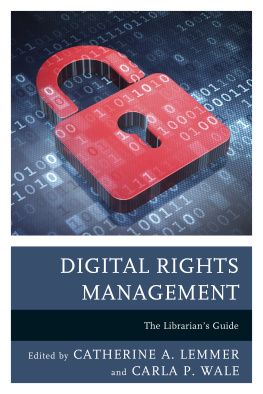
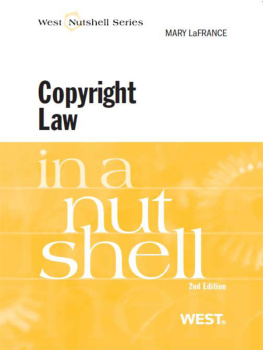
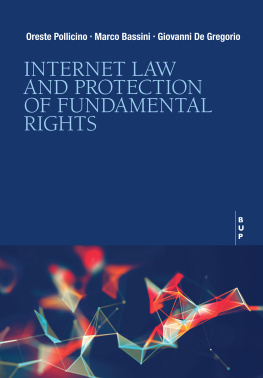
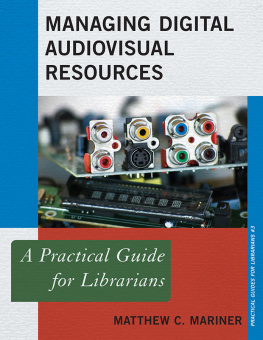

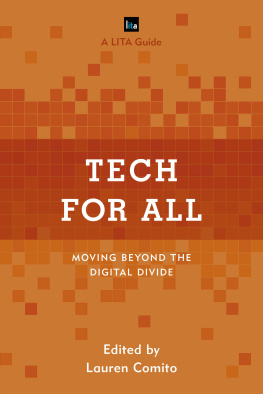
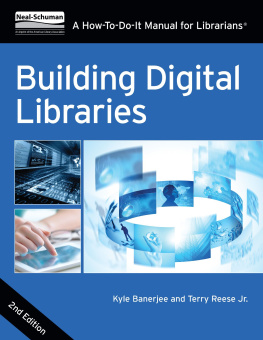
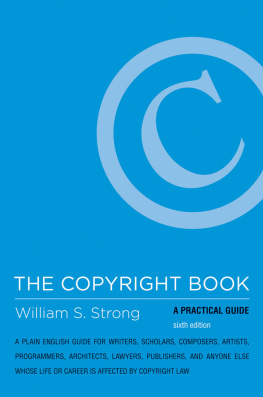
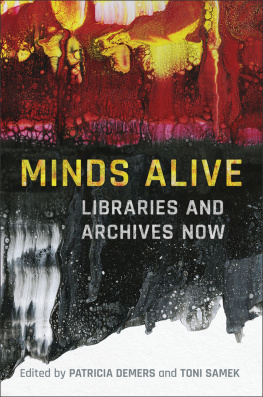
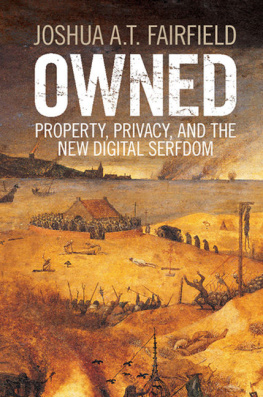
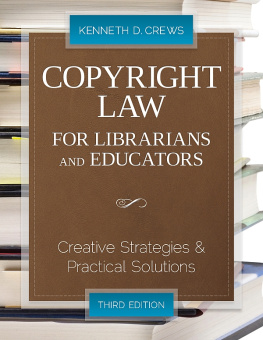
 The paper used in this publication meets the minimum requirements of American National Standard for Information Sciences Permanence of Paper for Printed Library Materials, ANSI/NISO Z39.48-1992.
The paper used in this publication meets the minimum requirements of American National Standard for Information Sciences Permanence of Paper for Printed Library Materials, ANSI/NISO Z39.48-1992.